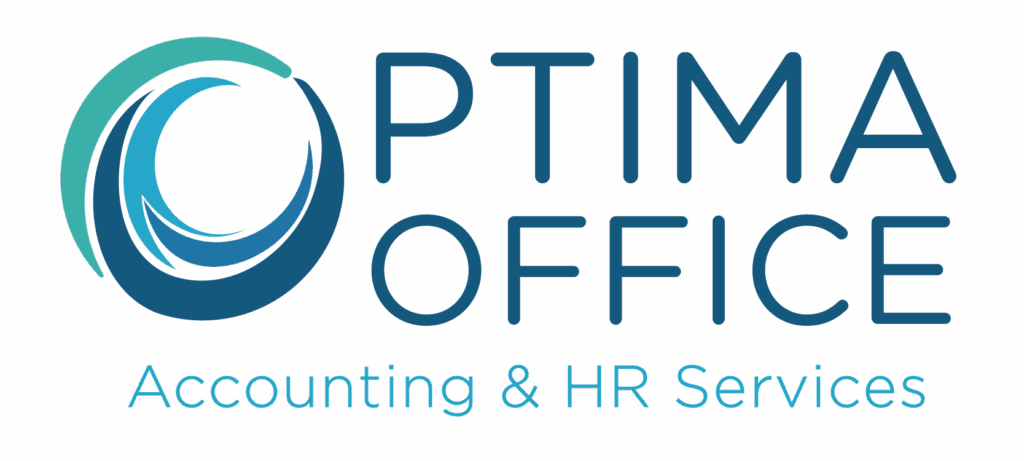Across the world, concerned citizens are wondering: Why are gas prices so high, supply chains so strained, and the cost of goods still on the rise? Where did this inflation come from, what can we expect next, and how will rising prices continue to impact life as we know it?

World Fiscal Status After Covid-19
In the aftermath of the Covid-19 pandemic, inflation rates are shattering records in a multitude of nations. Japan’s inflation rate has now exceeded 54.9%, with the United States close behind at 27.09, and even smaller countries like Sweden and Austria feeling the burn of fiscal strain.
Inflation Rates & PPI
According to the U.S. Labor Department, inflation rates are at a 40-year high of 7.9%, which is the greatest increase since the early ‘80s. Producer Price Index (PPI) is also rising as a result of massive supply chain disruptions and shortages.

Interest Rates, Loans, & Labor
Federal Fund Rates (the target interest rate set by the Fed at which commercial banks borrow and lend their extra reserves to each other overnight) have been cut drastically to encourage economic stimulus through consumer spending in an effort to salvage a struggling economy, and labor costs are growing at the fastest pace seen in over two decades.
The Great Resignation
After massive layoffs, unemployment spikes and job loss during the COVID-19 crisis, more than three million workers have not returned to the workplace. The majority of those who have are suffering through low-paying jobs to get by, and wage competition is stringent.

The Good: Why Inflation Might Moderate
The good news is that the market is now projecting a 1 year inflation rate of 4.9%. Eventually, inflationary pressures from Covid and the war on Ukraine are expected to subside. Bond Markets are pricing long-term inflation at 2.7%, which is only slightly higher than the Fed target rate of 2.0%.
The Bad: Why Inflation Might Increase
Unfortunately, there are no guarantees with the unstable variables of supply side shortages and China’s ongoing Covid lockdowns. Massive disruptions in supply chains are pushing global inflation over 5% in 58% of advanced economies and over 7% in 55% of emerging markets. There is no way to predict a decrease in inflation with any real confidence.
The Ugly: Why You Should Worry
What do all these graphs and statistics show us? The numbers aren’t good, and here’s why:
- A 27% increase in Money Supply means there are a lot of “extra dollars” chasing empty purchases.
- War is inflationary by nature, and continues to create supply chain disruptions. These disruptions mean that less goods are available, which drives up the cost of existing supplies.
- The current US Deficit spending shows no signs of slowing down, which means the Fed will be forced to print more money.
- With additional money supply and less available labor, the post-Covid downturn and ongoing Ukraine war continue to create elevated demand without supply… all leading to an inflationary spiral.
Unfortunately, all of these factors and more contribute to delays in the time it will take to reach viable economic recovery.
What You Can Do Now
With no clear end in sight, here are a few practical ways you can mitigate the impact of inflation on your daily life:
Food
Take full advantage of promotions, discounts, and warehouse clubs or discount stores (such as Costco and Trader Joe’s) in order to stock up your freezer and pantry.
Gas
Buy cheaper fuel at warehouse clubs, plan ahead to find the lowest rates at gas stations, and squeeze more mileage out of your tank by sticking to speed limits and traveling light where possible to minimize drag.
Appliances
Major shortages in appliances are leaving customers scrambling to find refrigerators, freezers, washing machines, and more. Consider opting for basic finishes (in less demand than specialty touches) and take the time to comparison shop at independent stores instead of just big-box retailers.
Cars
In need of a new vehicle? Prices for new cars & trucks are up 12% or more. Look for a fair price and consider a gently used vehicle instead of buying new to promote cost savings.
Concerned about navigating inflation or planning for the future? Call us at 858.283.1234 or email us at info@optimaoffice.com.




